
This logo isn't an ad or affiliate link. It's an organization that shares in our mission, and empowered the authors to share their insights in Byte form.
Rumie vets Bytes for compliance with our
Standards.
The organization is responsible for the completeness and reliability of the content.
Learn more
about how Rumie works with partners.
Picture this: while walking downtown you hear a saxophone player creating magic with their instrument.

If their performance leaves you feeling inspired to learn the instrument, then signing up for saxophone lessons is a good first step!
But then maybe you're torn between feelings of excitement and nervousness.

There are ways to lessen those nerves before your first saxophone lesson.

Did you know?
Tip #1: Determine the Type of Lessons You're Going Into
Private
Typically one-on-one
Can be in-person or online
Cost varies based on teacher and/or organization
Typically either 30 or 60 minutes
1-2 times a week
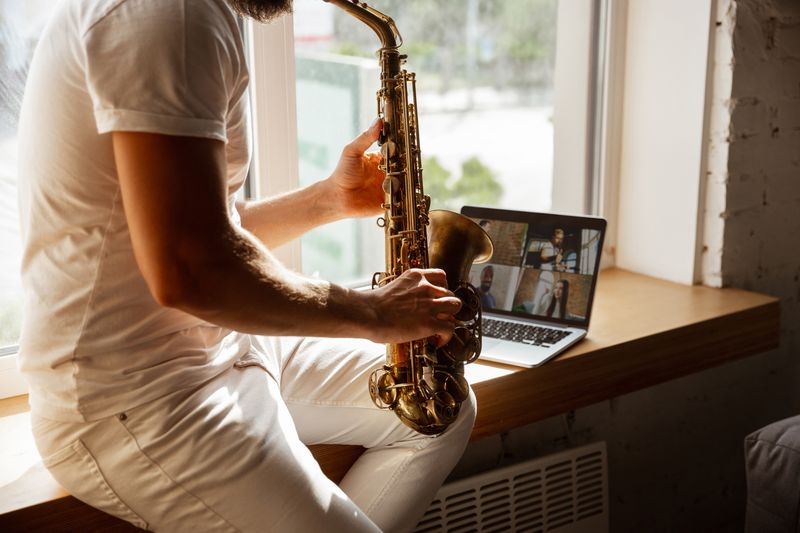
Public School
Mid-to-large group settings
In a school
Free (potential small fees)
Roughly 60-75 minutes (varies from school to school)
5 days a week

Tip #2: Come Prepared
Would you go to the beach without sunscreen or enter an exam without a pencil? NO!
Showing up to your first saxophone lesson with the materials you need will allow your lesson to go smoothly and ultimately make you a stronger musician.

✅ Be prepared to have the following:
A pencil and eraser
Your saxophone (ideally in a carrying case)
A reed, ligature, and mouthpiece
A metronome app
A beginner method book
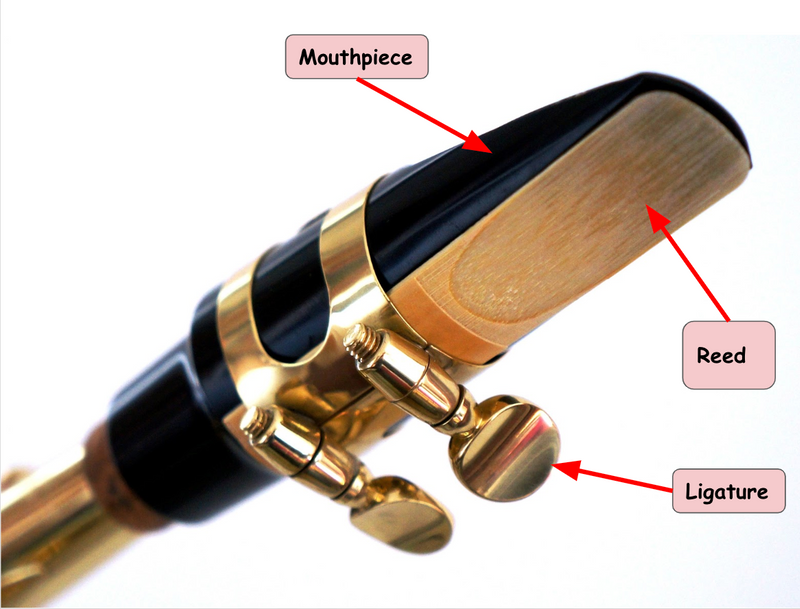
Vibrations create sound. The strings on the guitar, the head of a drum, and our vocal cords all vibrate in order to produce sounds.
On the saxophone, it is the reed that vibrates against the mouthpiece. Held together by the ligature, sound is produced with these 3 parts and the saxophone amplifies these sounds.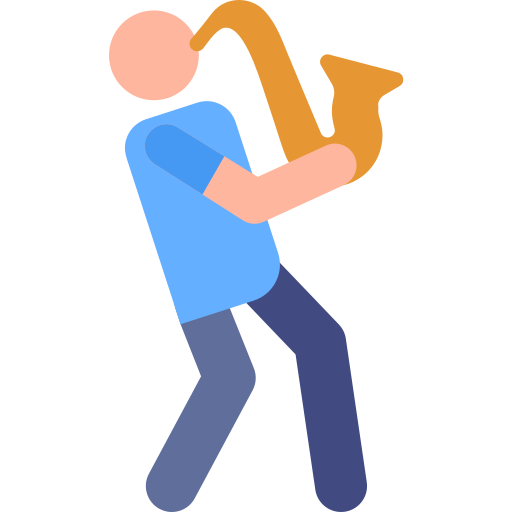
You do NOT need the most expensive instrument to sound good! As you start off it is best to buy/rent a student model saxophone.
Did you know?
Tip #3: Stay Positive
Do you know why it is so impressive to watch professional musicians? Do you wonder how they can make really challenging music seem easy?

It is because they've spent years developing their skills.
But remember, they started in the same spot as you: fumbling around just figuring out how to hold the instrument let alone play it!

Remember the following:
✅ Be open to constructive feedback from your teacher
✅ Be kind to yourself as growth may be slow at first
✅ Ask questions so you can grow
Did you know?
Tip #4: Listen to the best
Start listening to saxophone players from various genres so you can begin to think about where you want to end up long-term.
This also helps you grow a strong musical ear and develops your tone faster!

Below are a few examples with their genres:
Branford Marsalis (jazz and classical)
Charlie Parker (jazz)
Jess Gillam (classical)
Amy Dickson (classical)
Grace Kelly (hip hop)
Leo Pellegrino (hip hop)
⚡Test your knowledge!
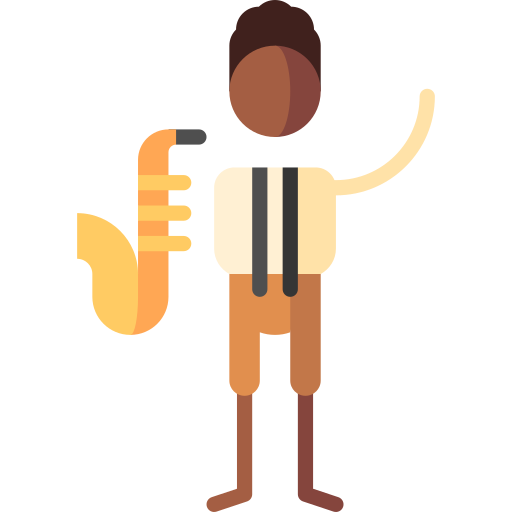
Anthony is entering his first saxophone lesson and has the following with him: his saxophone in a case, a pencil and eraser, a reed, a mouthpiece, a metronome, and a growth mindset.
Quiz
What is Anthony missing?
A laptop isn't necessary for your lesson, as most instructions will be in your method book. You can do light note taking within your method book. Additionally, a student model saxophone is the best option for a beginner and you can advance the further you get into learning the saxophone. On the other hand, a ligature is needed to keep your reed attached to the mouthpiece.
Take Action
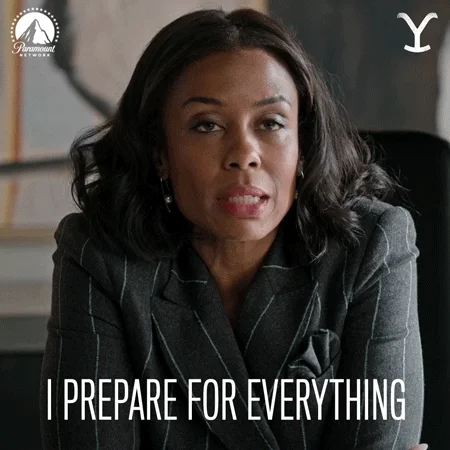
If you're feeling inspired then get started today! You can:
This Byte has been authored by
Michael Ricciardi
Learning Designer & Secondary school Music Teacher